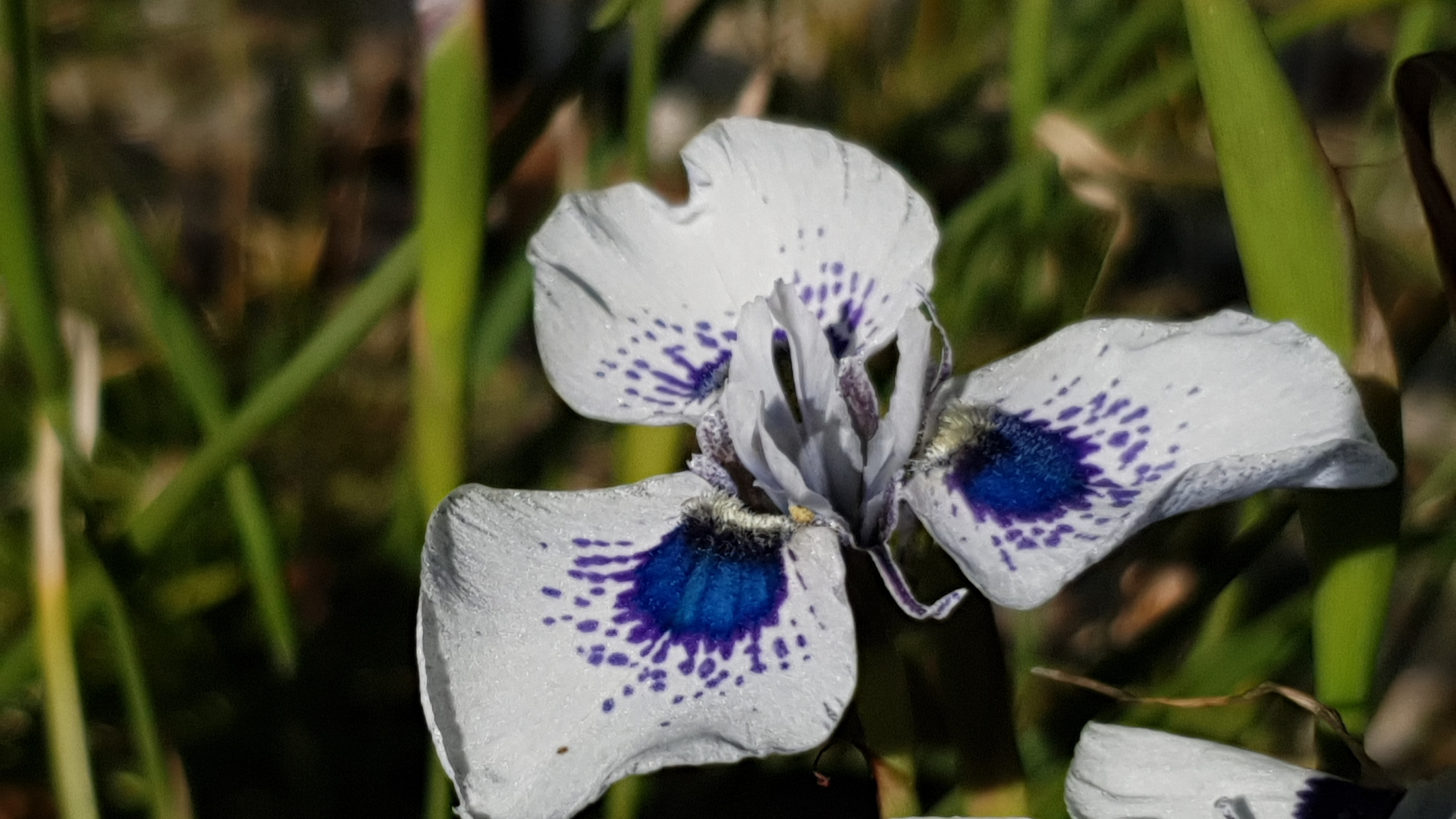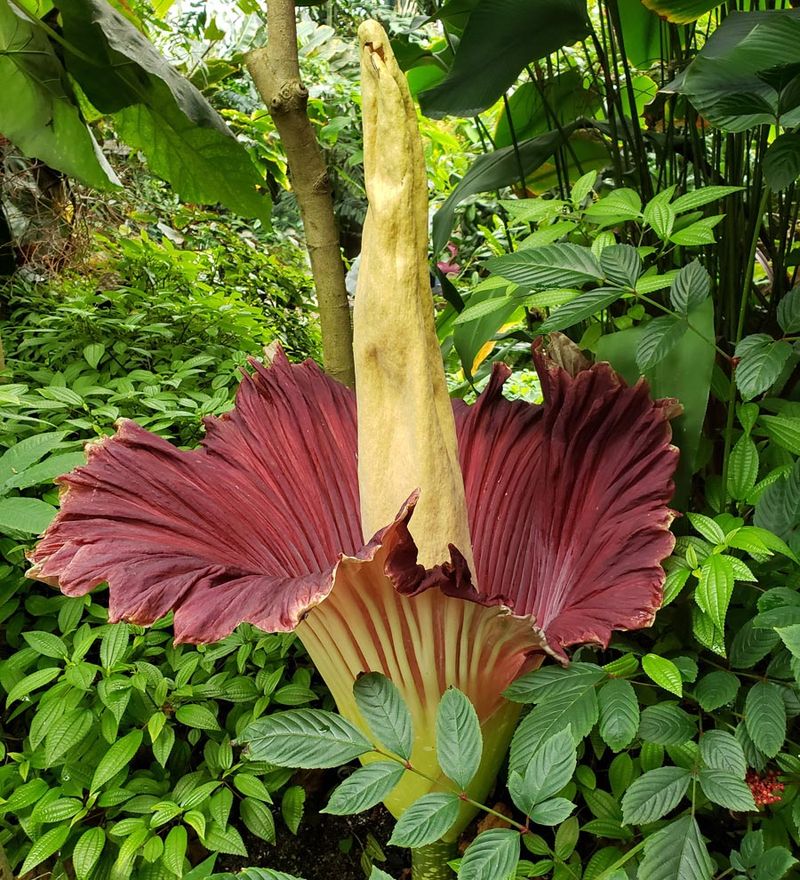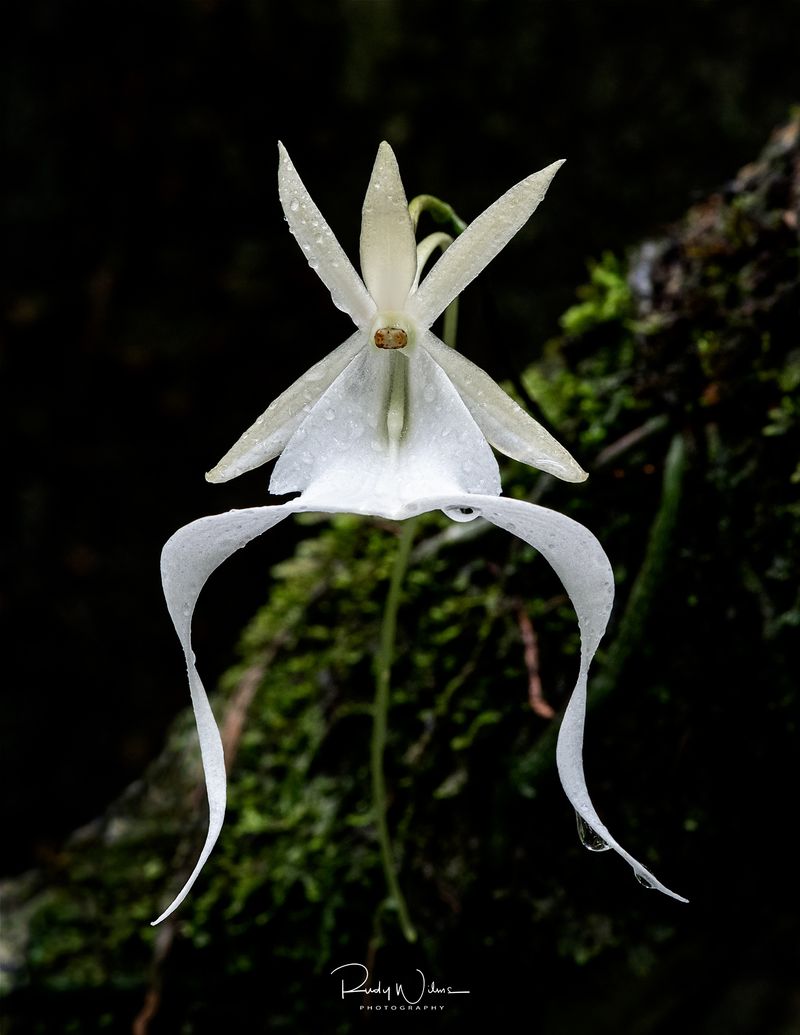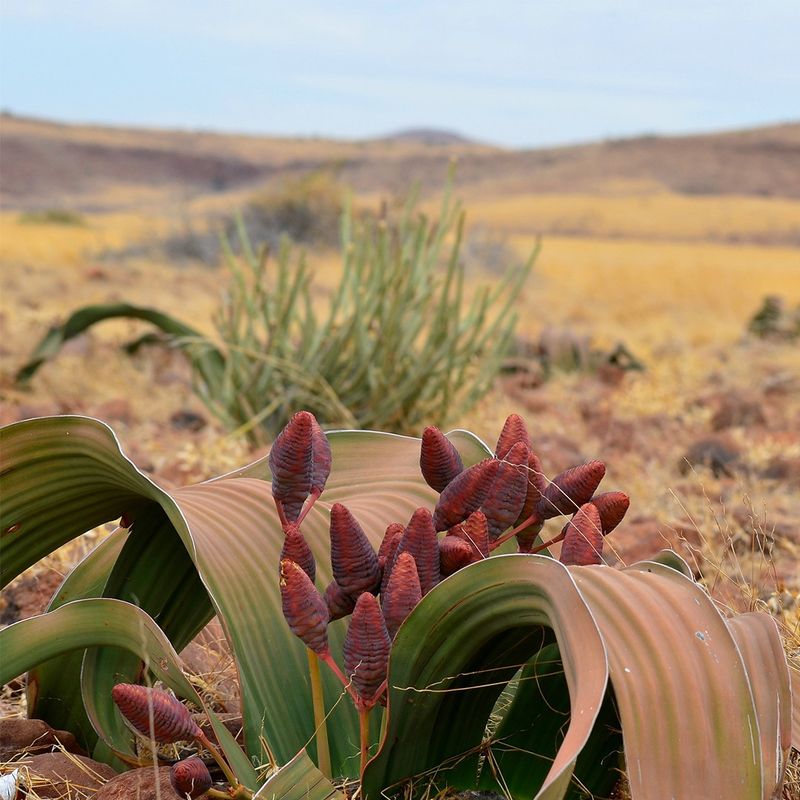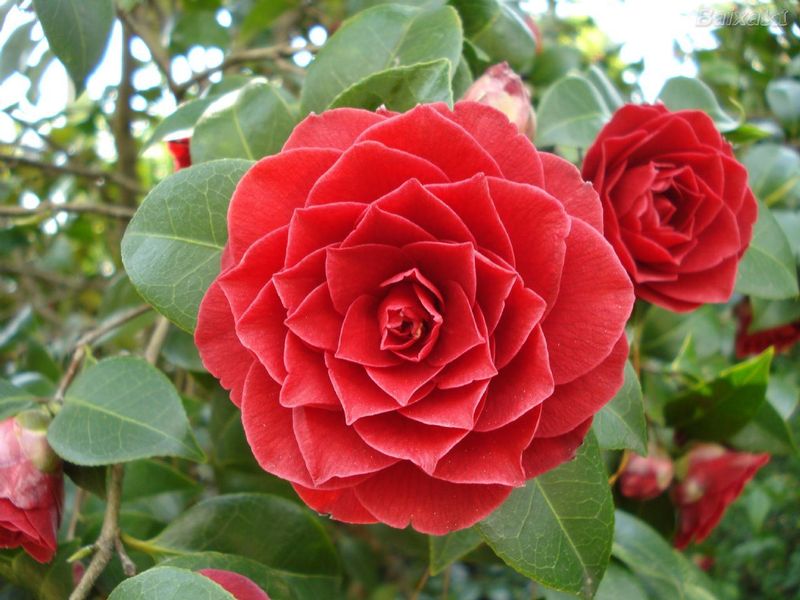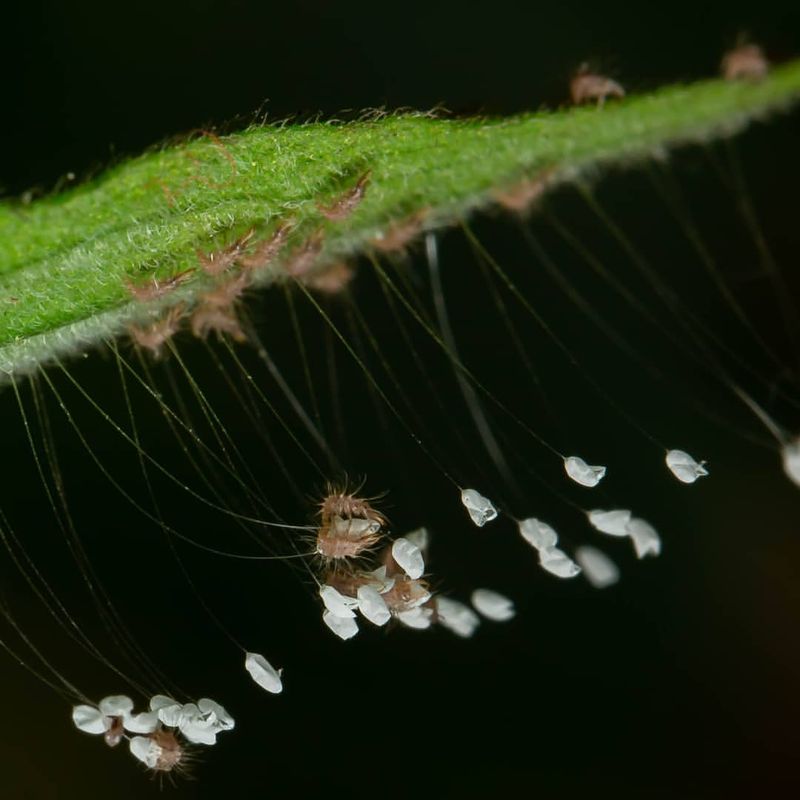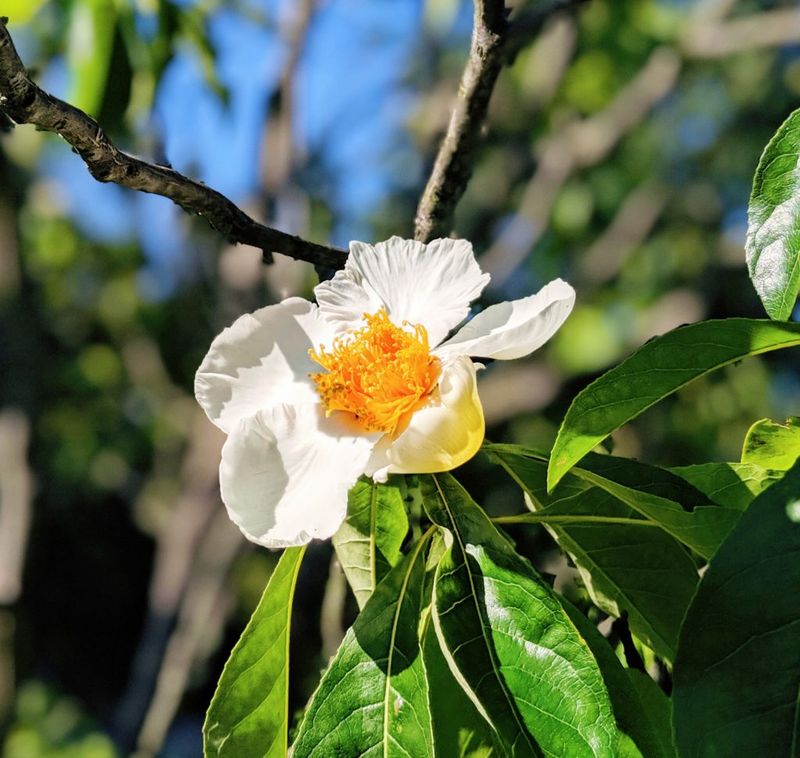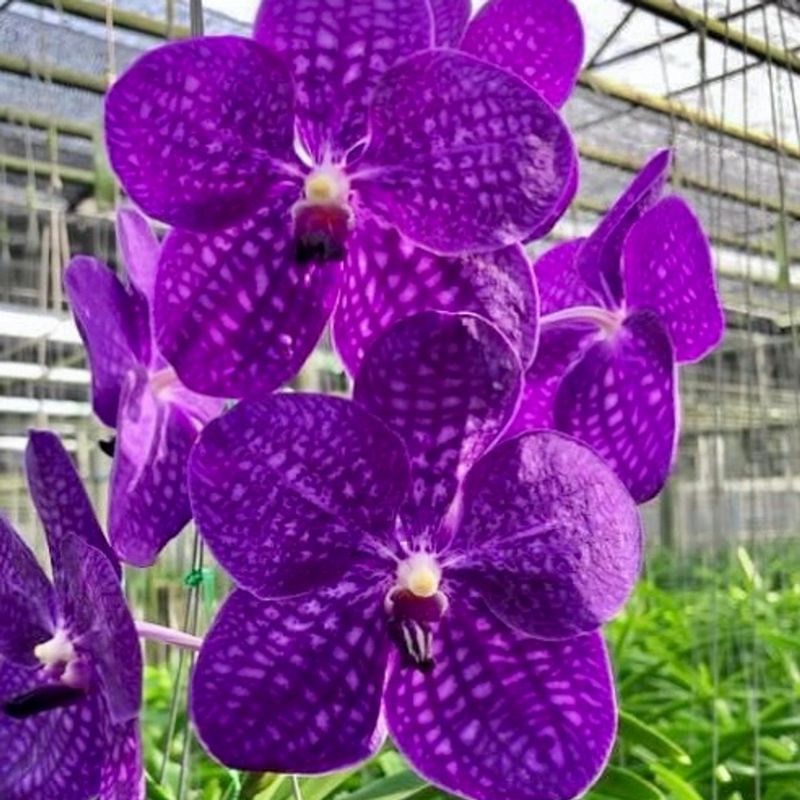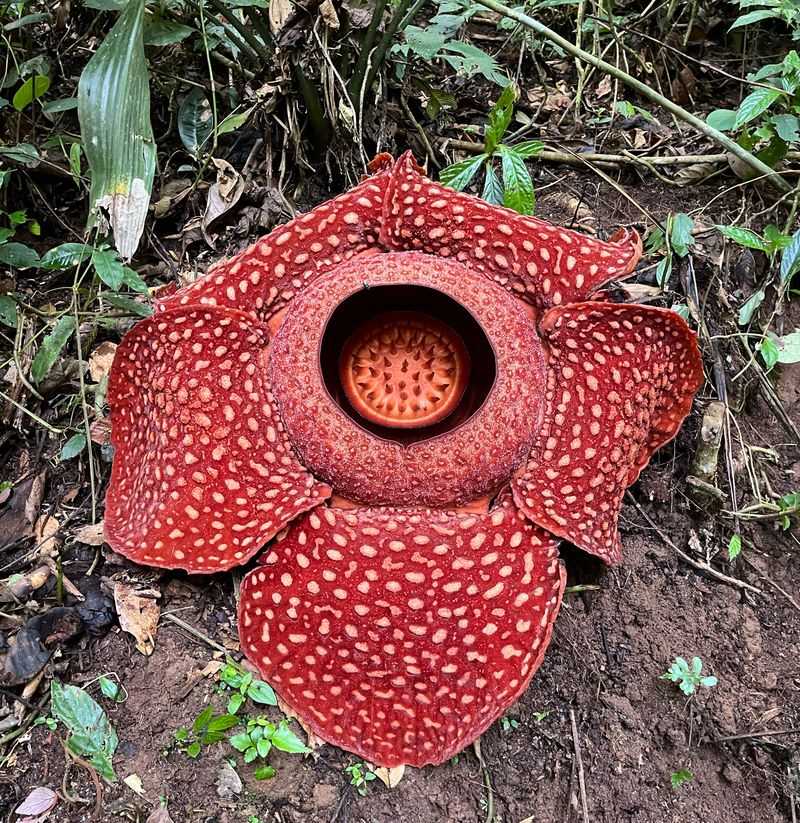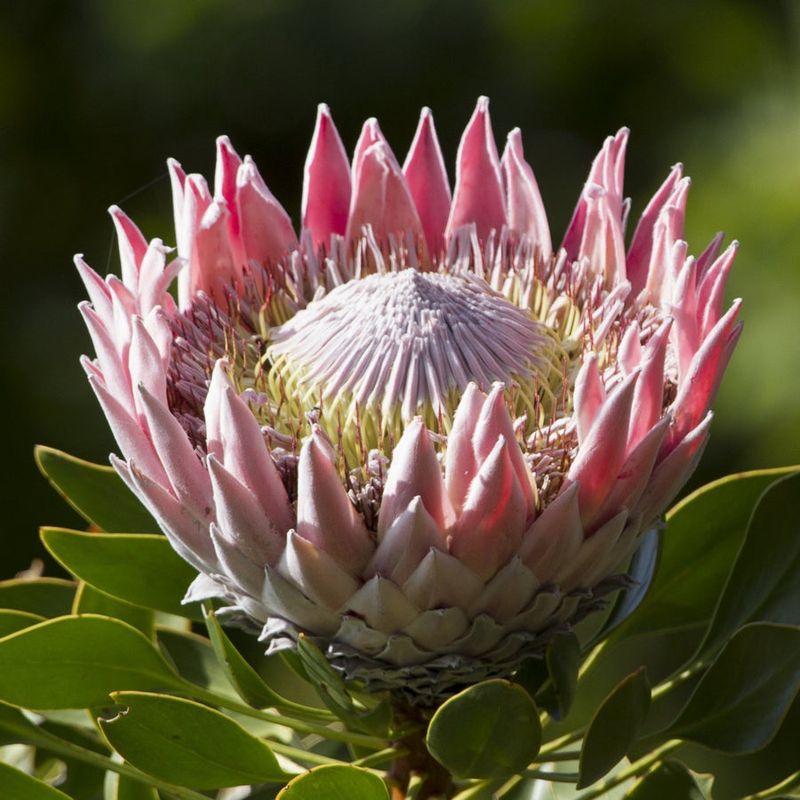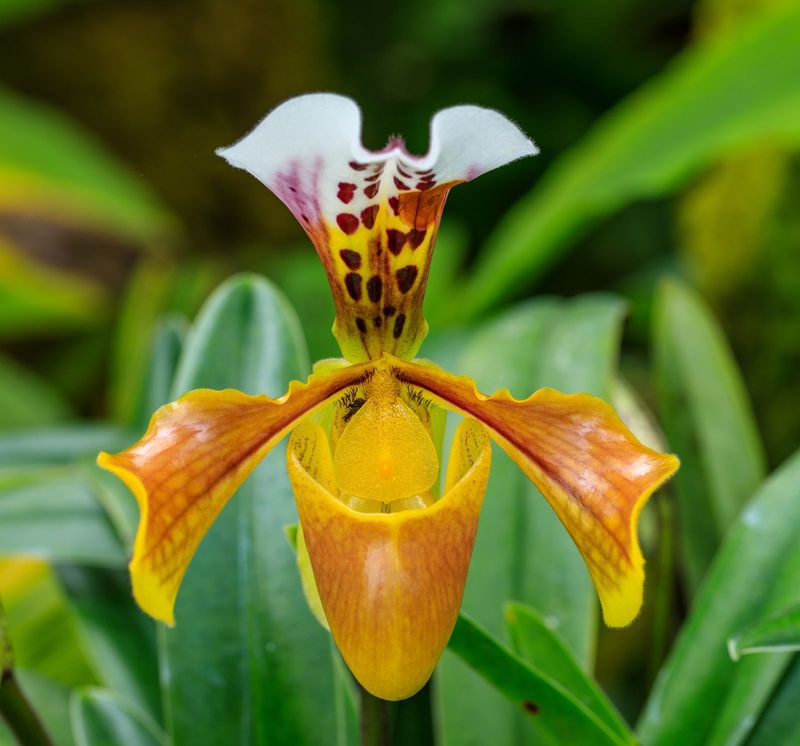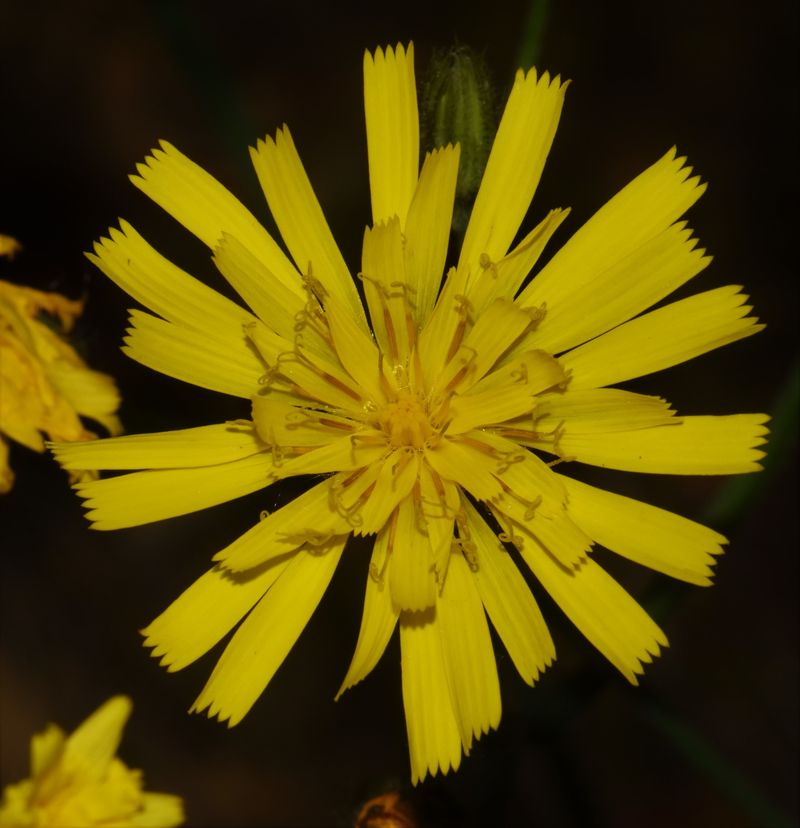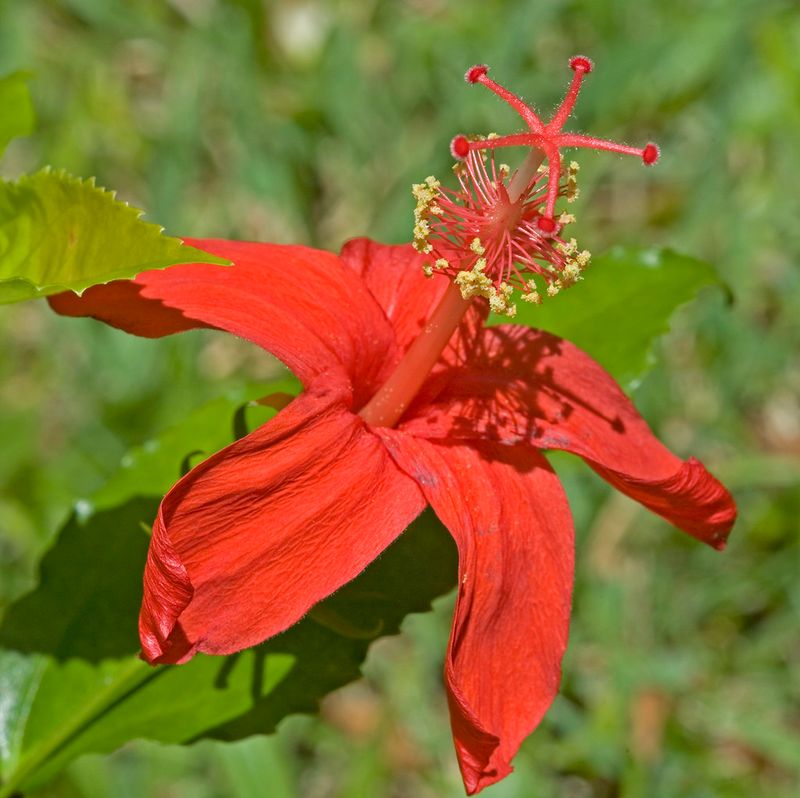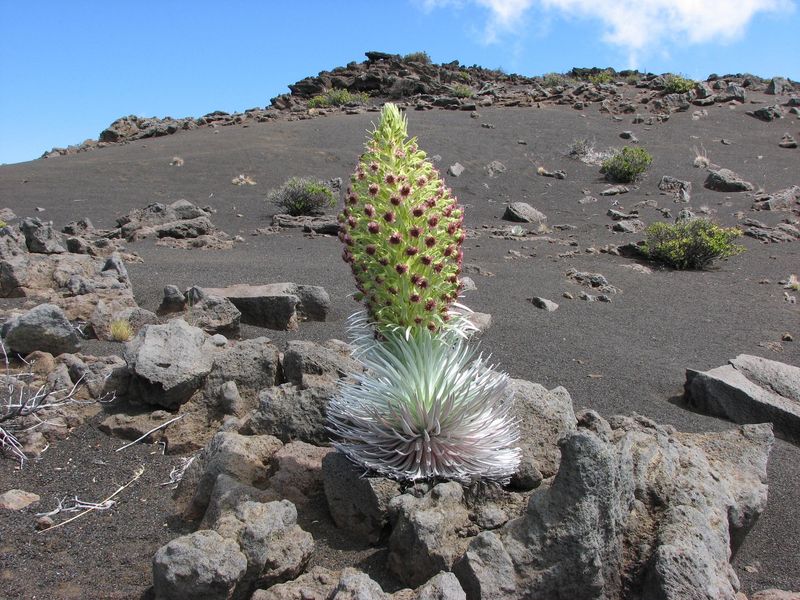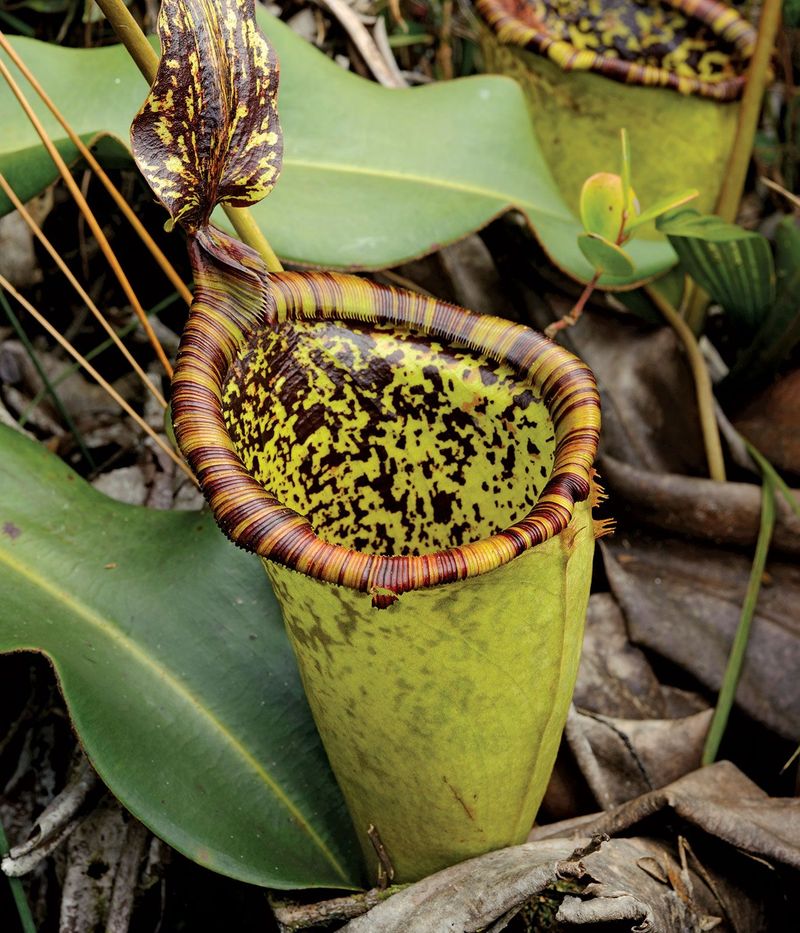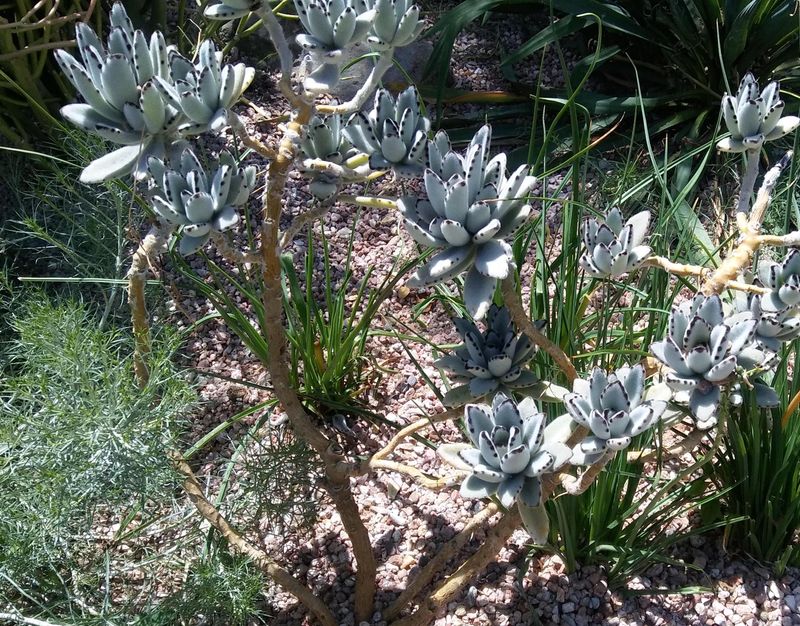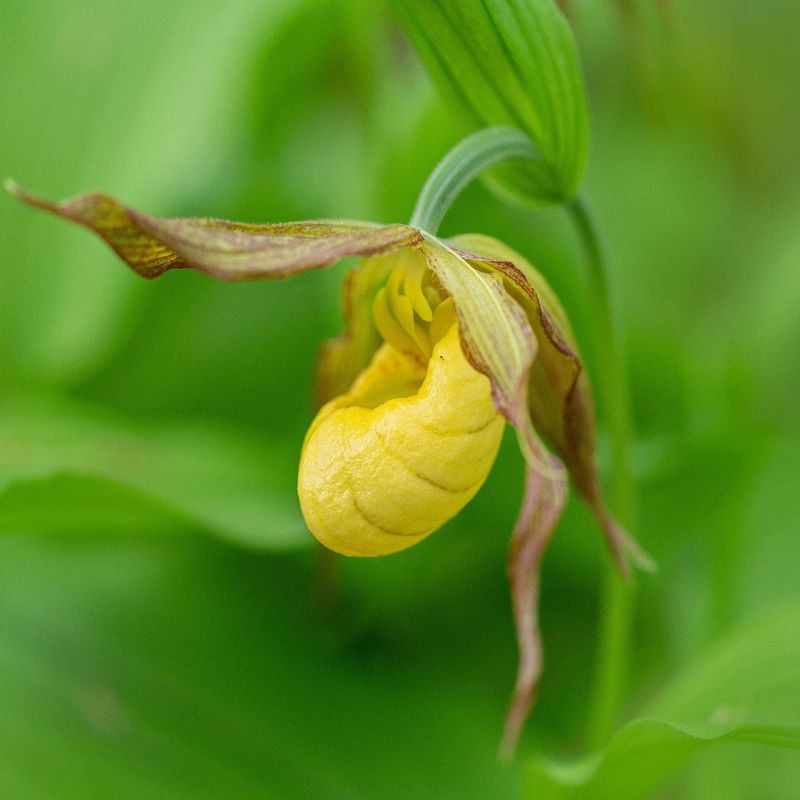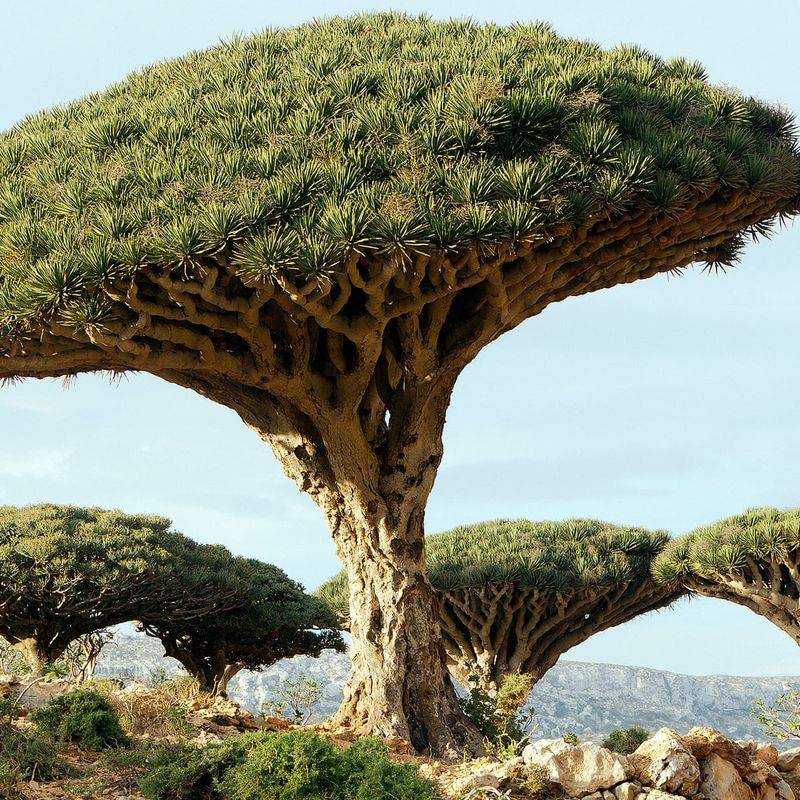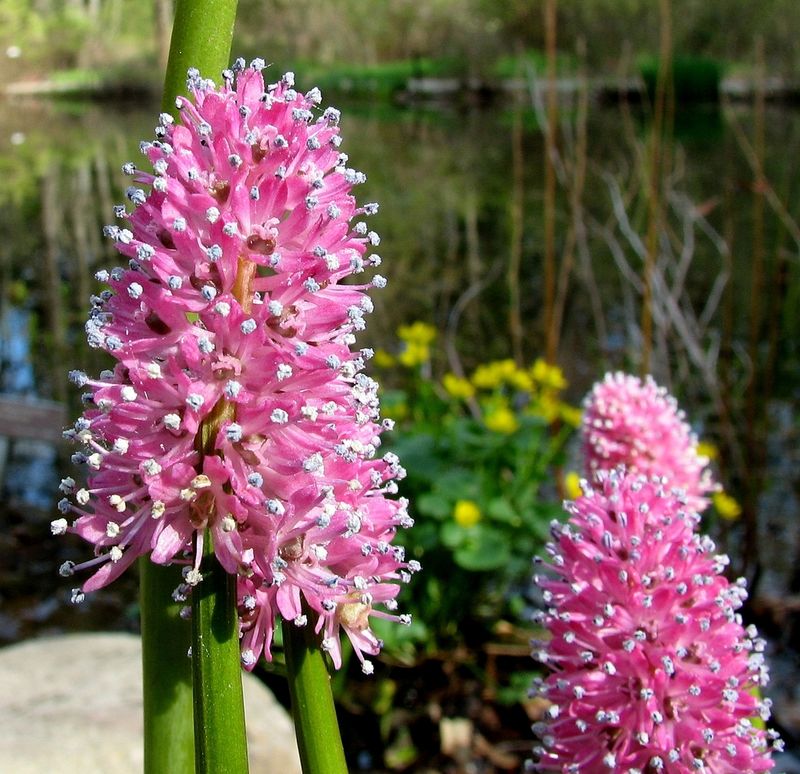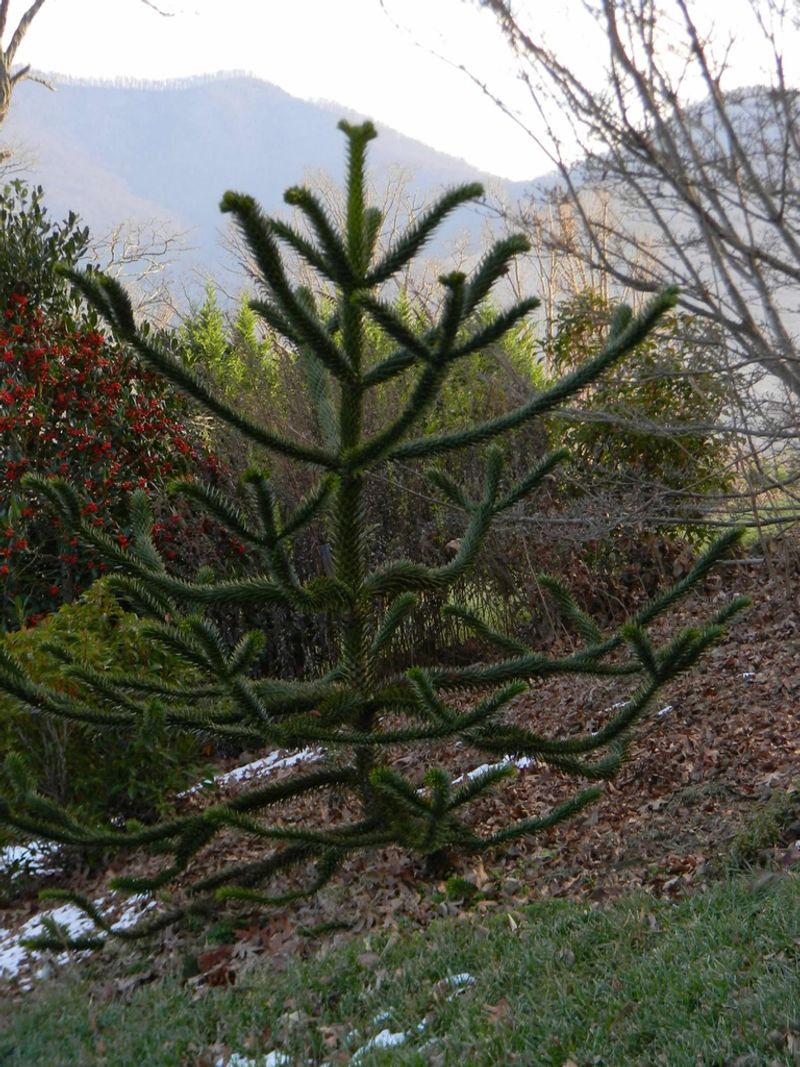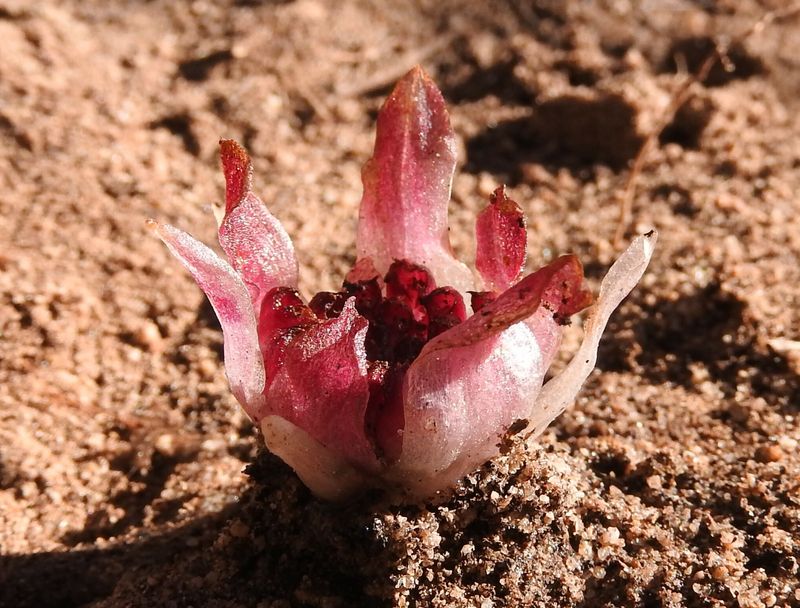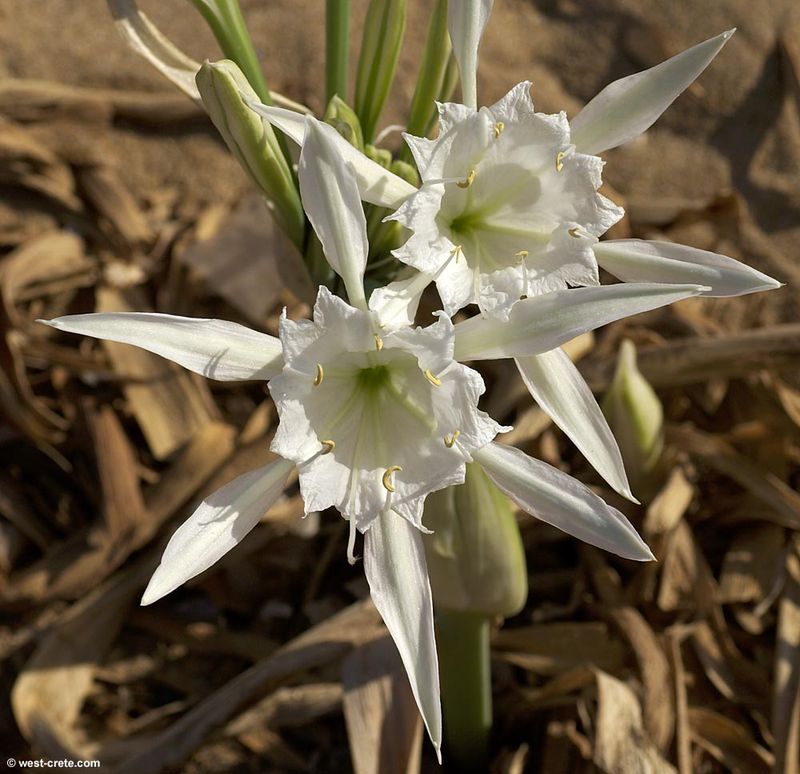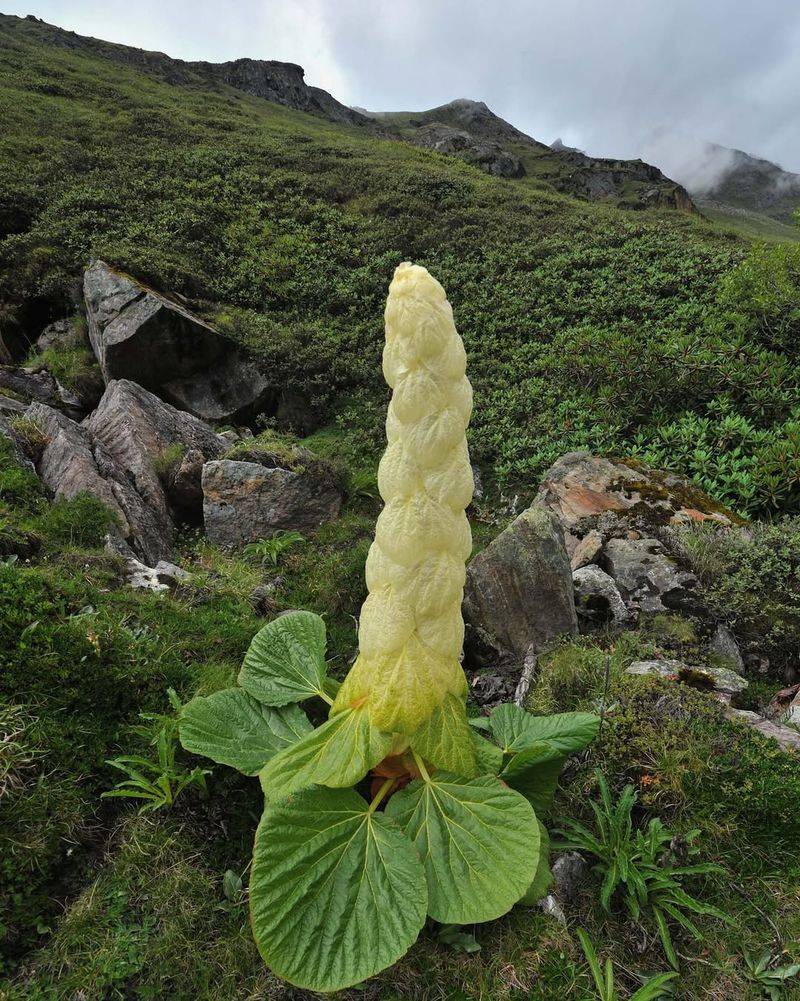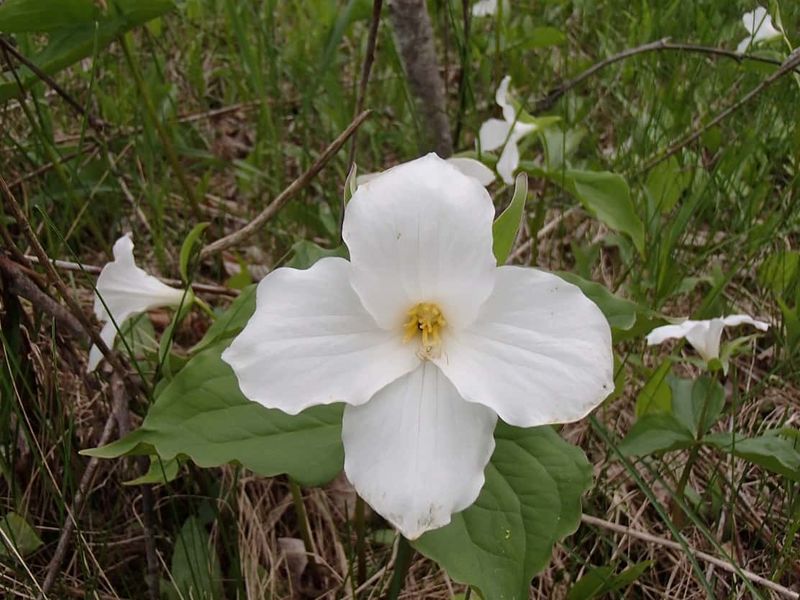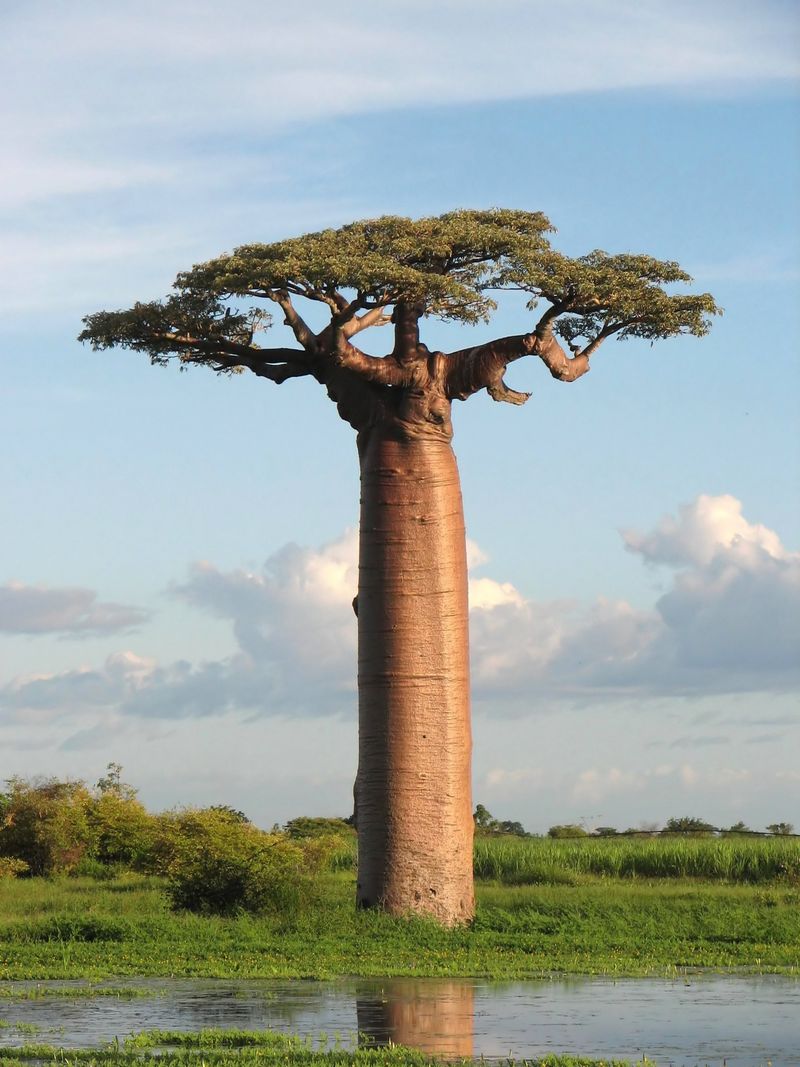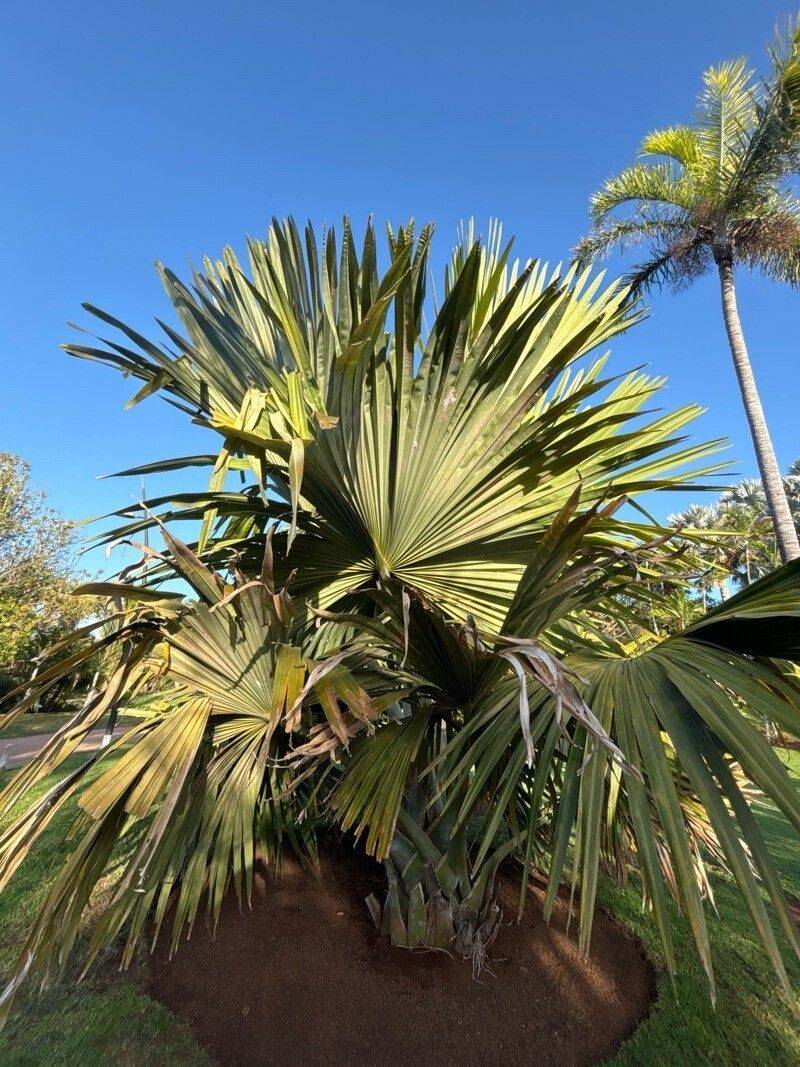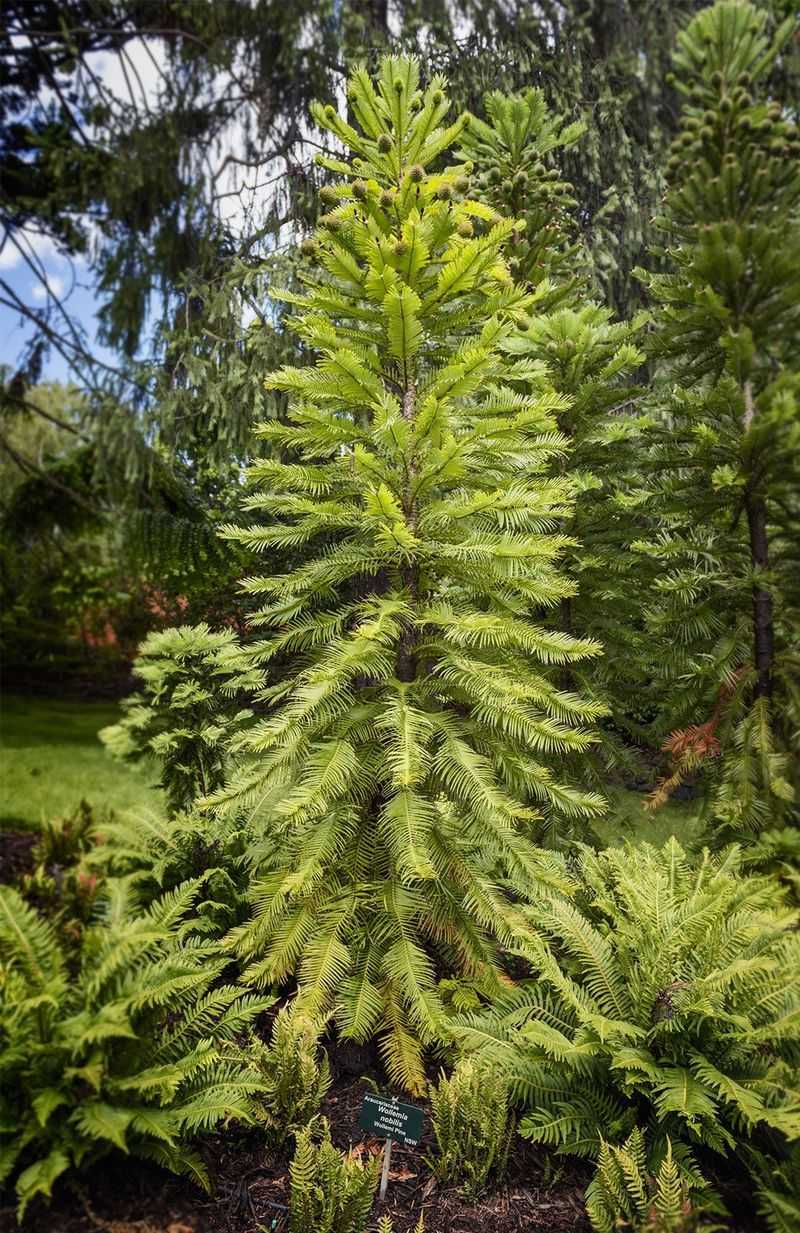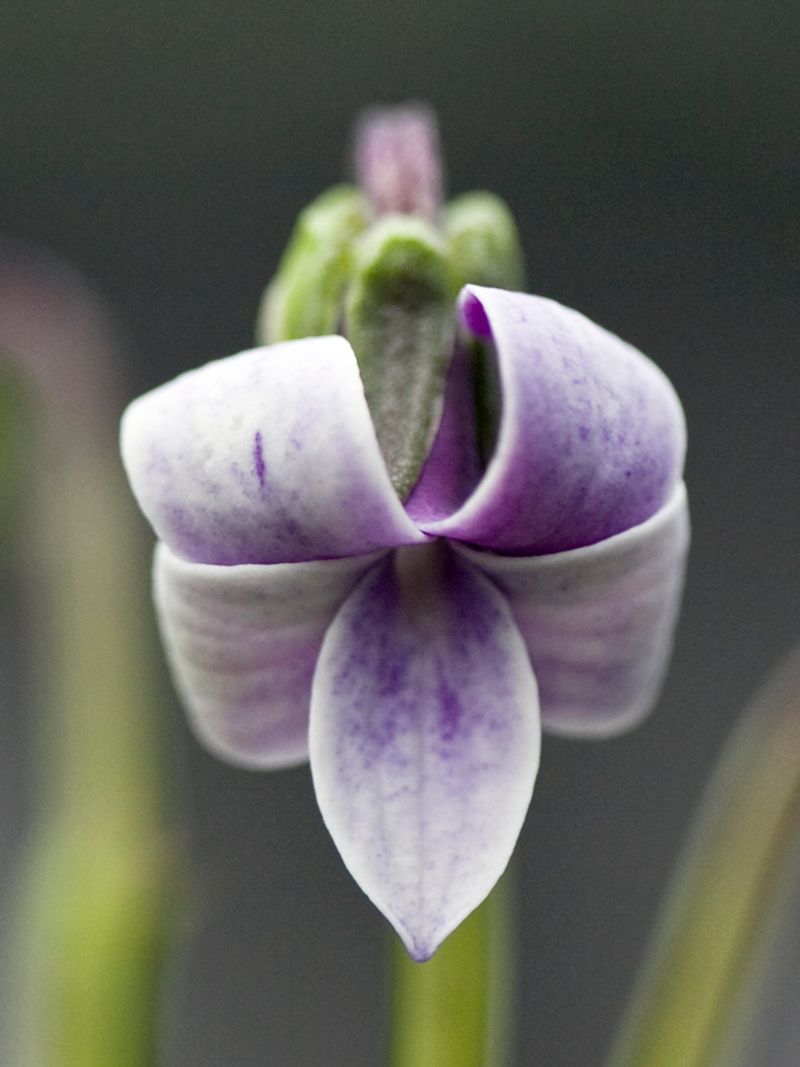Have you ever wandered through a forest, marveling at the plants around you, and thought, How did this one survive?
As a nature lover, I’ve often found myself captivated by rare plants on the brink of disappearing. Their stories of near extinction and miraculous comebacks always leave me in awe.
Some of these plants almost faded into history, yet thanks to dedicated conservation efforts, they’ve flourished again.
1. Titan Arum
In the dense jungles, a remarkable scent tickles your nose. Meet the Titan Arum, known for its colossal flower and, um, unique fragrance.
The challenge? Habitat destruction. Conservationists rallied, creating protected reserves. Picture a plant that blooms just once every few years, drawing crowds with its rare appearance.
Efforts to save this giant have been nothing short of heroic. Who knew saving a plant would require so much patience and nose-holding? But here it is, standing proud, a symbol of persistence and protection.
2. Jade Vine
Imagine stumbling upon a cascade of turquoise in a rainforest. The enchanting Jade Vine, native to the Philippines, dazzles with its neon display.
Yet, deforestation threatened its existence. Botanists swooped in with propagation techniques. Their dedication bore fruit—literally, as new vines took root. Seeing these vines thrive again is like watching magic unfold.
For a plant that seems to glow under the sun, it’s a wonder we nearly let it slip away. But today, it swings gently, a beacon of conservation success.
3. Ghost Orchid
Whispers of the wind in a Floridian swamp hint at something elusive. Enter the Ghost Orchid, a flower so rare it almost vanished. Habitat loss was its specter.
A dedicated team of botanists performed a modern-day miracle, cultivating it in controlled environments. Orchids now haunt their habitats, a ghostly success story.
Watching them sway in the mist, one can almost believe in fairytales. Such ethereal beauty, nearly lost, but now hauntingly present in its rightful home.
4. Welwitschia
Imagine a plant that looks like it just gave up on growing properly. Meet Welwitschia, a living fossil in Namibia’s desert. Its struggle? Harsh climate and human interference.
Scientists put their heads together, ensuring it wouldn’t just be a relic. Now, protected areas shelter this curious species.
Its leaves stretch like lazy arms across the sand, defying the odds. It’s not just a plant; it’s an ancient warrior, thriving against all logic and adversity.
5. Middlemist’s Red
In an English garden, a splash of red catches the eye. Middlemist’s Red camellia, once on the brink, is now a horticultural triumph. Its peril? Strictly human ignorance and neglect.
Cultivators revived it through patient propagation. Each bloom is a triumph of perseverance. Imagine a flower so rare, it feels like finding treasure in a backyard.
The Middlemist is a reminder that sometimes, the rarest beauty needs only a gentle gardener’s touch to thrive.
6. Youtan Poluo
The scent of mystery wafts through the air with Youtan Poluo. Thought to bloom only once every 3,000 years, it’s less a flower, more a legend.
What threatened its mythic status? Its own rarity. Botanical sleuths discovered and nurtured this tiny wonder. Now, it graces our world with a touch of magic.
Imagine waiting millennia for a blossom the size of a pinhead. That’s commitment! The Youtan Poluo keeps us guessing, a floral enigma with a timeless charm.
7. Franklin Tree
Amidst the foliage, a story of American history blooms. The Franklin Tree, once native to Georgia, disappeared from the wild by the early 1800s.
Its challenge? Too few seeds to continue naturally. Cultivators nurtured it into garden fame, saving its legacy. Each flower is a nod to history persevered through human effort.
Think of it as a botanical phoenix, rising from the ashes of oblivion to grace our gardens with its crisp whites and storied past.
8. Blue Vanda
There’s something otherworldly about the color blue in nature. The Blue Vanda orchid flaunts it spectacularly, yet it almost vanished due to overcollection.
Greenhouses worldwide now shelter this beauty, where it’s been carefully cultivated back to health. Orchids might be picky, but their allure is undeniable.
Imagine seeing blue emerge amidst the greens—it’s like a surprise party for the senses. Thanks to dedicated hands, the Blue Vanda continues to enchant enthusiasts globally.
9. Rafflesia
In the rainforests, a flower that seems more creature than plant lurks. Rafflesia, the world’s largest bloom, faced threats from deforestation.
Researchers and locals joined forces to protect this peculiar plant. Their efforts ensured it remains a fascinating forest feature.
With petals measuring a meter across, it’s hard to miss. Rafflesia is a reminder of nature’s quirky side, where size and scent tell stories of evolutionary wonder.
10. King Protea
In the South African sun, a floral crown awaits. The King Protea dazzles with its grandiose bloom, yet fire and habitat encroachment threatened its reign.
Conservationists, like royal gardeners, ensured its continued presence. Now, it stands as a symbol of South African pride.
Picture a flower fit for a monarch, commanding attention with its grandeur. The King Protea is nature’s crown jewel, preserved by hands that cherish its regal beauty.
11. Lady’s Slipper Orchid
In the woodland shade, a slipper waits, but not for a foot. The Lady’s Slipper Orchid, coveted for its beauty, faced threats from eager collectors.
Protected habitats became its refuge, allowing it to flourish once more. Orchids hold secrets in their petals, each one worth the wait.
Imagine a flower that wears its own shoe—nature’s playful design. The Lady’s Slipper continues to charm, a testament to the power of protection and wonder.
12. Snowdonia Hawkweed
High in the Welsh hills, a tale of rediscovery unfolds. The Snowdonia Hawkweed vanished, thought extinct until one day, it reappeared.
Its enemy? Overzealous sheep. Shepherds and scientists alike rejoiced, ensuring its protection. Now, it blooms like sunshine amidst rocks, a resilient beacon.
Picture a flower that vanishes and reappears like a magician’s trick. The Snowdonia Hawkweed is a floral reappearing act, delightful in its surprise.
13. Koki’o
In Hawaii, the Koki’o tree’s red blooms demanded attention. Near extinction, it was a botanical crisis. Fires and disease were its foes.
A concerted effort by botanists and locals brought it back from the brink. Now, its blooms are a testament to perseverance.
Imagine flowers so red, they seem to sing against the leaves. The Koki’o is a triumph of teamwork, a fiery reminder of nature’s resilience.
14. Silver Swords
On a volcanic slope, something glimmers, not gold, but Silver Swords. Once nearly gone due to browsing animals and tourists, it was a race against time.
Conservation efforts secured its future, protecting it from curious hands. Now, it shines under the sun, like nature’s own jewelry.
Imagine leaves that catch the light like metal—nature’s own bling. Silver Swords are a triumph of protection, transforming scarcity into spectacle.
15. Attenborough’s Pitcher Plant
Deep in the forest, a plant waits with open arms, or rather, pitchers. Attenborough’s Pitcher Plant, carnivorous and rare, faced habitat loss.
Conservationists’ dedicated efforts led to its revival, ensuring its curious existence. Now, it continues its insect-eating escapades.
Imagine a plant that dines on its guests—nature’s own peculiar dinner party. The Pitcher Plant is a fascinating survivor, thanks to those who cherish its oddity.
16. Panda’s Thumb
In a forest where pandas roam, a peculiar plant blooms, named Panda’s Thumb for its unique shape. Habitat destruction threatened its subtle beauty.
Efforts by botanists ensured its delicate existence continues, a nod to the panda’s own conservation story.
Imagine a plant with a name as quirky as its appearance—nature’s humor in bloom. The Panda’s Thumb is a testament to the quiet triumphs of conservation.
17. Yellow Lady’s Slipper
In the forest light, slippers of gold dangle. The Yellow Lady’s Slipper orchid, almost lost to collectors, is now a protected wonder.
Conservation areas became its saviors, allowing its golden glow to continue. Orchids have a way of captivating with their charm.
Imagine a flower that wears sunshine on its petals—a cheerful presence in the woods. The Yellow Lady’s Slipper is a preserved treasure, thanks to diligent protection.
18. Dragon’s Blood Tree
On the island of Socotra, a tree bleeds red. The Dragon’s Blood Tree, unique to this land, faced threats from development.
Efforts to preserve its habitat were successful, allowing its strange beauty to persist. It stands like a living sculpture.
Imagine a tree that looks like it was plucked from a fantasy—a reminder of the world’s wild corners. The Dragon’s Blood Tree is nature’s own epic tale.
19. Swamp Pink
In the wetlands, pink blooms rise, defying the mud. Swamp Pink, a plant of the marshes, faced habitat destruction.
Wetland preservation became its salvation, allowing it to thrive once more. Each bloom is a small triumph. Imagine flowers that break through the swamp—nature’s tenacity in pink.
Swamp Pink is a testament to the power of preserving the seemingly small.
20. Chilean Pine
Amidst the Andes, a tree of ancient lineage stands. The Chilean Pine, or Monkey Puzzle Tree, faced logging threats.
Conservation laws now protect it, ensuring its towering presence continues. Each branch tells an age-old story.
Imagine a tree that looks impossible to climb—a puzzle for any monkey. The Chilean Pine is a majestic monument to nature’s history.
21. Western Underground Orchid
Beneath the earth, a hidden wonder blooms. The Western Underground Orchid, living in secrecy, almost vanished due to land use changes.
Conservationists’ efforts unearthed its survival. Now, it flourishes in protected areas. This orchid remains an underground marvel.
Imagine a flower that hides beneath your feet—nature’s secret drama. The Underground Orchid is a story of discovery and dedication.
22. Sea Daffodil
This plant thrives along the Mediterranean coast, producing delicate white blooms. Its survival is threatened by coastal development and habitat loss, making conservation efforts crucial for its future.
Various projects are in place to safeguard the natural habitats of the Sea Daffodil, ensuring these stunning flowers continue to grow. These efforts include habitat restoration and public awareness initiatives.
Protecting the Sea Daffodil also helps preserve the broader coastal ecosystem, benefiting numerous other species that depend on this habitat. These initiatives highlight the interconnectedness of environmental conservation efforts.
23. Cliff Malaxis
Perched on a cliff, a delicate orchid defies gravity. The Cliff Malaxis, rare and vulnerable, faced threats from environmental changes.
Conservation measures secured its rocky home, allowing it to cling to life. Orchids have a way of surprising us with their tenacity.
Imagine a flower that chooses the hard path—a cliffhanger, literally. The Cliff Malaxis is a triumph of perseverance in precarious places.
24. Four-Petaled Trillium
In the woodlands, a floral oddity blooms. The Four-Petaled Trillium, different from its three-petaled cousins, faced habitat loss.
Efforts to restore its environment allowed it to flourish again. Each petal a symbol of continued existence. Imagine a flower that defies convention—a botanical rebel.
The Four-Petaled Trillium is proof that even in nature, rules are meant to be broken.
25. Grandidier’s Baobab
In Madagascar, a giant among trees stands. Grandidier’s Baobab, with its massive trunk, faced threats from deforestation.
Conservation efforts preserved its legacy, protecting these arboreal giants. Each tree is a testament to longevity and resilience.
Imagine a tree that seems to hold the sky—a natural titan. The Grandidier’s Baobab is a living monument to time and survival.
26. Suicide Palm
In Madagascar, a palm with a dramatic name stands tall. The Suicide Palm, known for its once-in-a-lifetime bloom, faced habitat loss.
Conservation strategies ensured its continued cycle of life and rebirth. Now, it stands as a symbol of renewal.
Imagine a tree that blooms in a blaze of glory—a dramatic finale. The Suicide Palm is nature’s reminder of life’s fleeting beauty.
27. Wollemi Pine
Once thought extinct, it was rediscovered in 1994 in a remote canyon in Australia. This prehistoric tree has roots dating back over 200 million years. Today, it’s protected in the wild and propagated in botanical gardens globally.
Efforts to preserve the Wollemi Pine include cultivating it in controlled environments to ensure its survival. This approach not only safeguards the species but also allows people worldwide to appreciate its unique beauty.
Conservationists continue to study this resilient plant, learning from its ability to adapt over millennia. Its survival story underscores the importance of habitat protection and proactive conservation measures.
28. Hawaii Bog Violet
In the moist Hawaiian bogs, a tiny jewel blooms. The Hawaii Bog Violet, almost lost, faced threats from habitat disturbance.
Conservation efforts helped this little flower reclaim its ground. Each bloom is a small triumph of resilience.
Imagine a flower that defies its small size with spirit—a violet victory. The Hawaii Bog Violet is a testament to the value of even the tiniest life forms.

